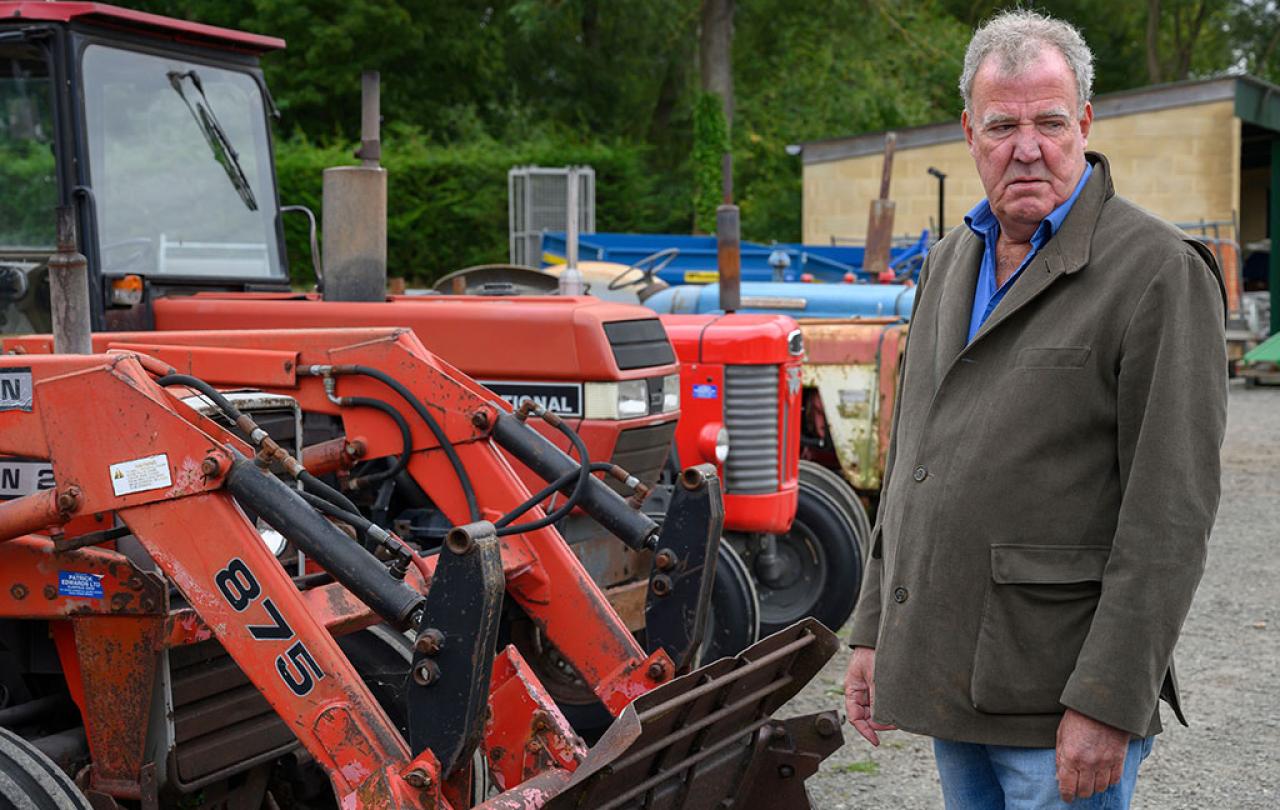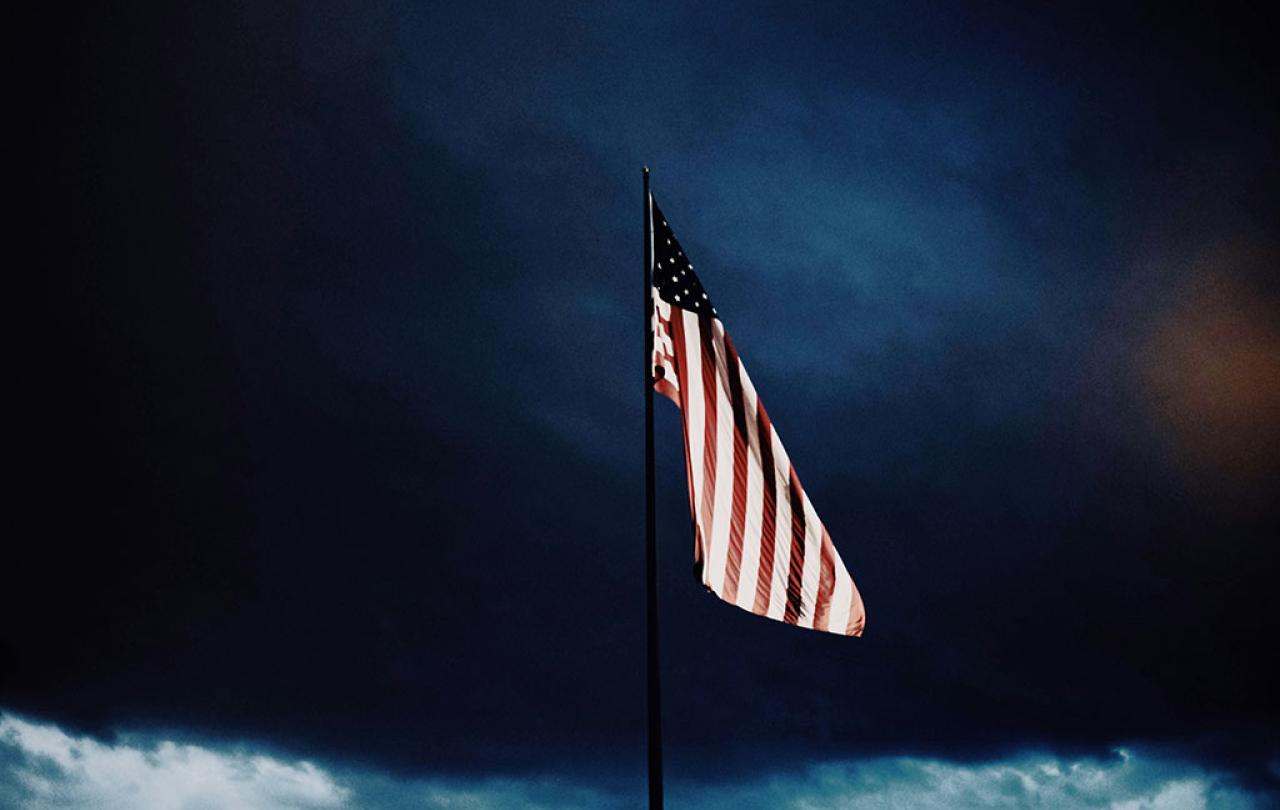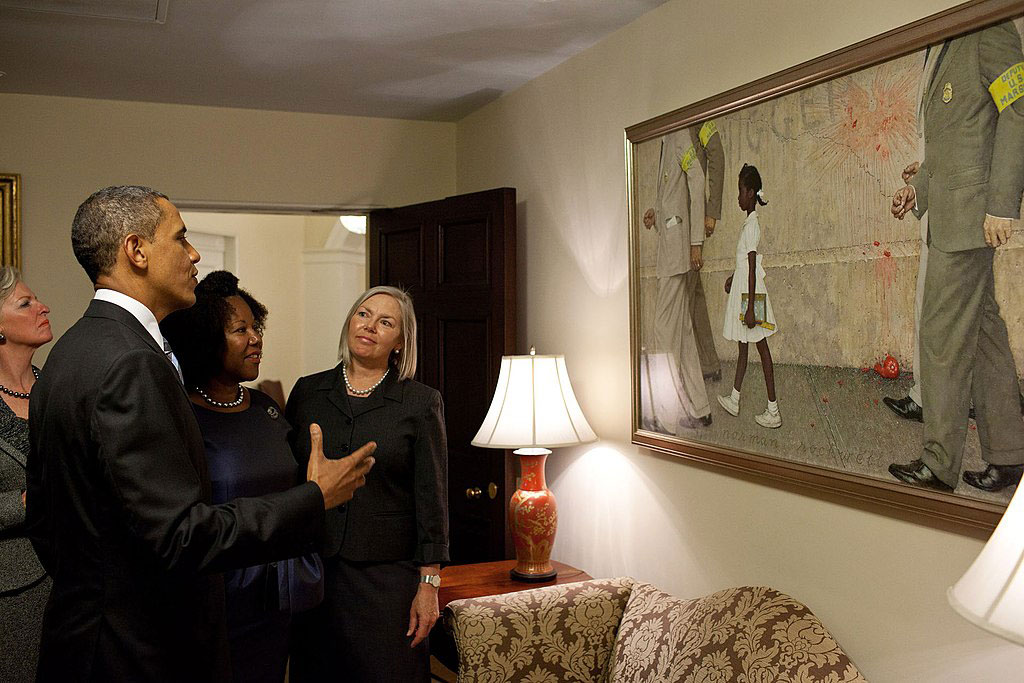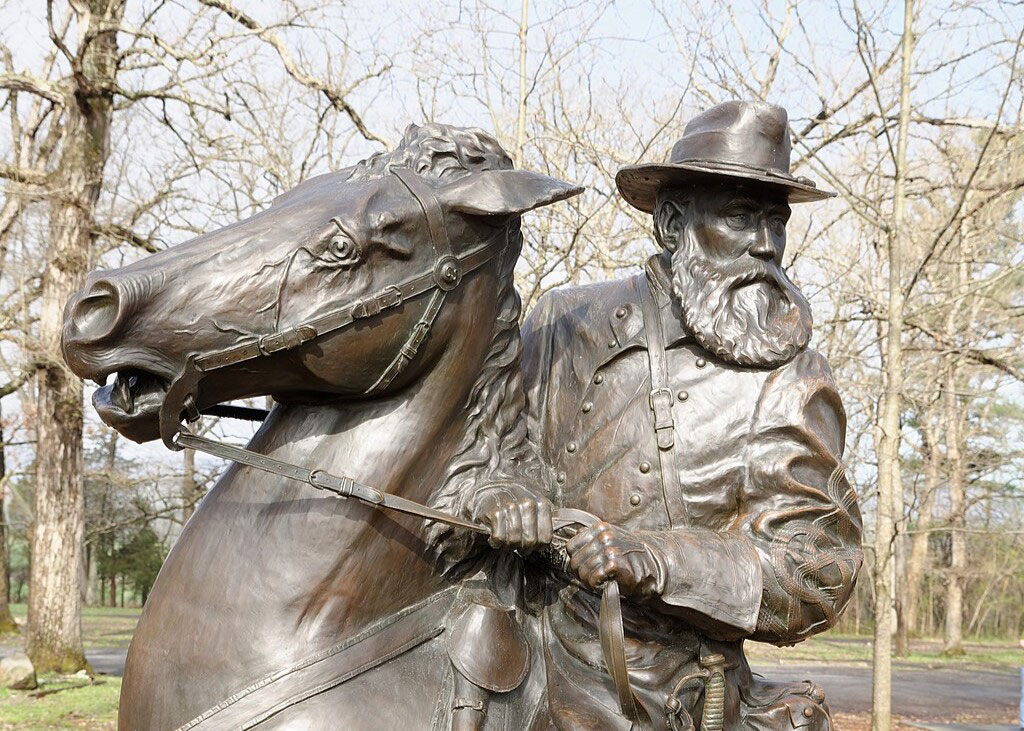
Go to the Labour Party’s ten election pledges. Search for the word ‘farm’. I’ll wait.
You’re not going to do that, are you? Fair enough. Let me tell you happens when you do. Nothing. You won’t find the word ‘farm’. That absence is revealing.
Or is it? Am I just being parochial? I’m not a farmer, but the son of a farmer and raised on a dairy farm in Somerset. It was a relief to my parents that I didn’t want to follow them – and every other Cary throughout history – into the family business, as the good years were clearly coming to an end. My parents sold their herd of cows a few years before Mad Cow Disease. They bought sheep for a variety of slightly perverse incentives. After a few years they discovered sheep are the worst, since they find all kinds of imaginative ways to die. The only bit of luck they had on the sheep was selling them before the Foot and Mouth epidemic hit.
Farmers in the UK have gotten used to being ignored by politicians, even though 70 per cent of the UK’s land is farmed. So what’s the plan for how over two-thirds of the country is going to be managed, given that Labour are certain to win? It’s hard to tell.
I found a more detailed manifesto on the Labour Party website, based around five Labour policies called ‘Let’s get Britain’s future back’. Idiotic nonsensical slogans notwithstanding, I did find one mention of the word ‘farm’. But only once. And it was part of the word ‘windfarm’. Labour is more interested in the farming of wind than the farming of wheat, cattle or vegetables. That managed air might explain where their slogan came from.
It is no wonder that the rural communities don’t trust Labour. According to FarmersGuide.co.uk, only 28 per cent said “they believe Labour understands and respects rural communities and the rural way of life”. But it’s not all bad news for Labour. The Tories are trusted even less, having dropped down to only 25 per cent. In short, the people in the countryside have no confidence in politicians.
The reason agricultural policy gets so complicated is because we have a great deal of knowledge but no wisdom.
You need only to watch Clarkson’s Farm to understand why this is the case. Farmers have been subject to an enraging mixture of overregulation and political indifference. Some of this has been Brexit. Some has been bureaucratic incompetence.
But there is another more fundamental problem. I discovered it when reading The National Food Strategy. This was a document courageously commissioned by the Conservatives in the hope that someone else would come up with some coherent policies for the countryside. It runs for hundreds of pages plus footnotes and sources and is an impressive piece of work. It pulls together issues around land use, food security, climate change, food inequality and obesity.
These issues are all interconnected. In fact, they are interdependent. How can they not be? You have to consider them all together. But once you open these cans of worms you end up with all kinds of other questions about pesticides, genetic modification, food waste and the identity of the maniac canning worms in the first place.
The reason agricultural policy gets so complicated is because we have a great deal of knowledge but no wisdom. We understand crops on a molecular level. We can design gigantic machinery to efficiently administer the correct dosage of pesticides to individual plants. We can theorise about animal bedding until the cows come home. But we can’t make decisions. That requires wisdom.
Wisdom is discernment, choosing between two good things – or making a decision based on the lesser of two evils. We can’t do that, because we can’t decide what is very good, what is good, what is okay and what is evil. Everything is practical pragmatic politics. You do what works. Except how do you define ‘what works’? For whom? Based on what?
Because we can’t make decisions, we end up having to balance entirely valid concerns about climate, obesity, food inequality, subsidies and the life cycles of bees. But we can’t do it. It’s too complicated. It produces anomalies and perverse incentives. The result is middle-aged men taking their own lives because TB-ridden badgers have ended up with more legal protections than tenant farmers.
We would do well to look to our ancestors. They lacked our granular knowledge but they had wisdom which, according to the Bible, begins with ‘the fear of the Lord’. They ploughed the fields and scattered the good seed on the land. They understood that our food doesn’t come from our brains, our labs, our factories or our highly integrated just-in-time delivery systems. Our food comes from God. As the Psalmist writes:
He makes grass grow for the cattle,
and plants for people to cultivate—
bringing forth food from the earth:
wine that gladdens human hearts,
oil to make their faces shine,
and bread that sustains their hearts.Psalm 104
That’s why our predecessors ask for God’s blessing on their tools on Plough Monday in early January. It explains ‘Rogation days’ in the spring when the entire congregation would wander round the fields asking for God’s blessing. There was Lammastide when the harvest was beginning to ripen in early August. And every Sunday, the congregations prayed this central line of the Lord’s prayer: ‘Give us this day our daily bread’.
Jesus was good at bread. He was so good, he didn’t even need wheat to make it. He could feed five thousand families from a handful of loaves. It’s interesting that avowedly atheist regimes – like Stalin’s Soviet Union and Mao’s China – end up with mass starvation.
Our own society has turned its back on God. We have made ourselves gods. And after much consultation and two hundred pages of background and policy – plus foot notes - it turns out that food is a lot harder than we thought. Omniscience and omnipotence are really handy which it comes to a coherent plan for 70 per cent of the land in the UK. Rather than another National Food Strategy, let’s just have Psalm 104. Right now, our farmers are prepared to try anything.



